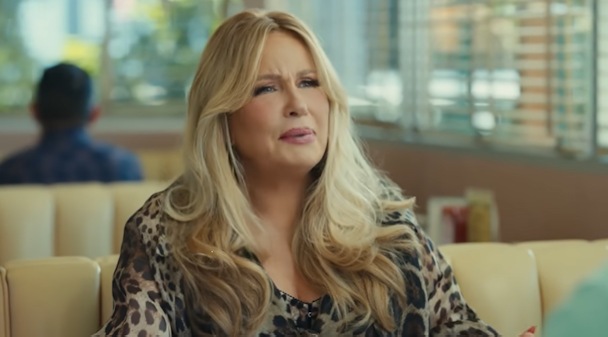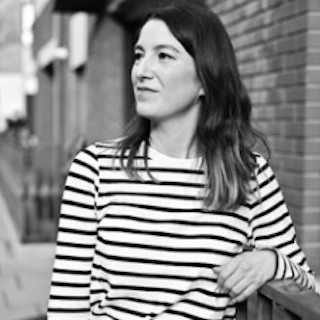Women over 50 were invisible in popular culture, now they're not
The cross-generational appeal of age inclusivity is helping brands grow. Nicola Davies, head of strategy at Exposure, brings some facts to back it.

Finally, women aged over 50 - once largely invisible and overlooked in popular culture - are part of the cultural zeitgeist. Jennifer Coolidge, 62, has emerged as not only a gay icon but also as Discover’s new spokesperson. Kylie’s ‘Padam Padam’ became the unexpected anthem of Pride. Vogue even recreated its iconic cover of 30 years ago with the original supermodels who are now over 50. At long last, they’re getting the recognition they deserve – not just from the generations they represent.
If you still don’t believe me, Dame Maggie Smith, 88, in Loewe’s latest campaign. In an industry famed for youth obsession, everyone - young and old alike – have shared their love for this magical campaign. Could this be our industry’s coming-of-age moment?
It is widely accepted that featuring older generations will resonate better with said generations. But the benefits of embracing age diversity go much deeper. The real beauty is this: they also appeal to younger consumers who expect inclusivity and authenticity as standard. It creates a halo effect that transcends the older audiences they represent and extends to new audiences.
Advertisement
Age inclusivity is good for business. But most brands are missing out big time, creatively and commercially. As much as our industry loves to harp on about diversity and inclusion, age is notably absent from the discussion. It’s time for brands to shift their mindset. Harnessing older generations’s creative capital.
Older generations’ perceived diminished value is a myth. But creativity knows no age boundaries. With vast experience, proven expertise, and bucketloads of resilience, the simple truth is that older generations carry immense creative capital. Studies show that contrary to popular belief, our imaginations continue to grow and change as we age, with people over 60 actually showing the most originality. It’s no wonder they’re headlining Glastonbury, dominating Hollywood and infiltrating fashion culture. Culture is better off and richer when older generations take the stage.
Speaking to multiple generations all at all at once.
Brands are deeply dishonest with themselves about who their audience actually is - often chasing a forever-shifting youth target at all costs. But in reality, most brands have a wider, more complex cross-generational audience who they need to build relationships with. There is still the tired notion that speaking to older audiences will alienate younger audiences - and vice versa. In the age-inclusive era, brands that can converse across generations will have wider reaching relevancy and staying power. Take New Balance, for example. Once labeled the uncool shoe for old people, New Balance has become the go-to sneaker for young and old alike by embracing (rather than shying away from) its cross-generational appeal.
Designing for communities, not generations.
Advertisement
Grouping consumers based on just age is incredibly daft when you have more meaningful variables to set consumers apart from one another. Kantar research found that age-based targeting is no longer sufficient, and yet it’s the default system. What if we grouped consumers based on the communities in which they belong and share interests and values with, rather than the date on their birth certificate? This is why the North Face is everywhere. From young to old, from the streets to the mountains, its cult-like following is united by an explorer mentality - not by an arbitrary generational divide.
The opportunity is clear: it’s time for brands to come-of-age.

